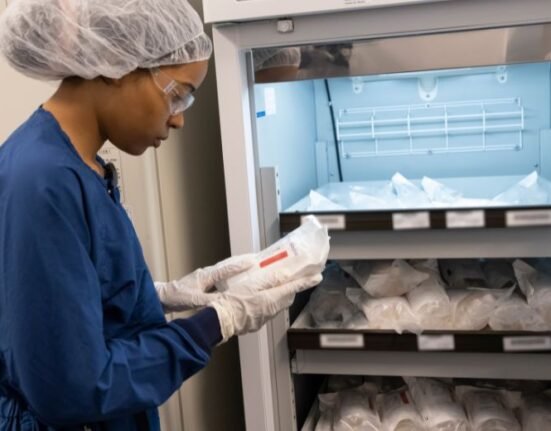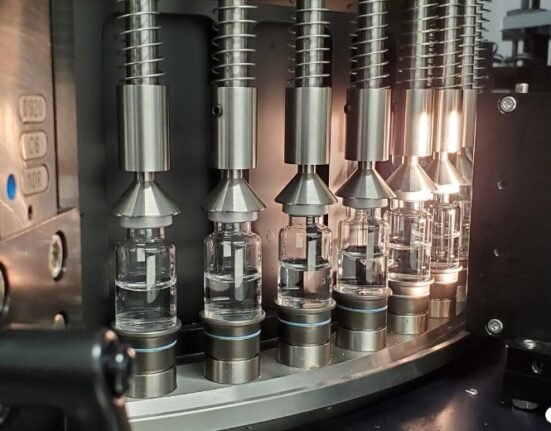HQ Team
November 11, 2022: Solar farms in outer space?
A new Space Energy Initiative is bringing together the space sector’s governments, research and industry to develop the first orbital demonstrator SBSP (Space-based Solar Power) system by 2030.
A first-of-a-kind operational system consisting of solar power satellites delivering power into a grid is slated to start by mid-2040, according to an SEI statement.
Solar energy is harvested in space and then beamed back to earth. The benefits include clean, continuous base-load energy with much lower land usage than conventional renewables.
Solar Power Satellite designs are well advanced in several nations, and the UK Government has confirmed the engineering feasibility of the concept through an independent study, a statement posted on the SEI website stated.
Massive satellites
A typical system comprises a constellation of massive, kilometre-scale satellites in earth’s geostationary orbit.
Each has very lightweight solar panels and a system of mirrors to concentrate sunlight onto the panels, generating around 3.4 gigawatts of electricity on the satellite.
Then it is converted into RF microwave radiation, with an efficiency of 85%. The microwave frequency proposed is typically 2.45GHz to be transparent to the atmosphere and moisture, and a net 2.9 GW of power is beamed to a receiving antenna at a fixed point on the ground below.
A secure pilot beam is transmitted from the ground to the satellite, allowing the microwave beam to lock onto the correct point.
The ground rectifying antenna or ‘rectenna’ converts the electromagnetic energy into direct current electricity through an inverter which delivers a net 2 GW of AC power into the grid.
As satellite launch costs fall, the project may bear fruition.
Unlimited potential
Martin Soltau, co-chairman at the SEI, said that the satellites would be able to supply all of the world’s energy, and its potential is almost unlimited once up in space.
“There’s sufficient room in orbit for the solar power satellites, and the Sun’s vast energy supply. A narrow strip around geostationary Earth orbit receives more than 100 times more energy per year than all of humanity is forecast to use in 2050.” Soltau said.
The project, also known as CassoPeiA, can accelerate the process toward the goal of reaching net zero emission standards by 2050.
Nuclear fission was one energy technology that could expand to provide sufficient carbon-free power. It faces, even now, opposition from public fear and distrust.
Terrestrial fusion
Future terrestrial fusion was another, but first pilot operations may have to wait until 2050 – which may be too late.
“We could make much better use of one existing fusion power source, our Sun. The fundamentals of SBSP … could lead to a world of energy abundance,” a recent study posted on SEI’s website stated.
“The deliverable energy from just a 10 km geostationary (GEO) band exceeds 570 TW-years – enough to supply ten billion people at six-times current US per-capita levels.”
As of 2020, Japan, China, Russia, India, the United Kingdom and the US are pursuing the SBSP programme.
The European Space Agency has proposed a preparatory programme, called SOLARIS, for the upcoming ESA Council at Ministerial Level this month.
The goal of SOLARIS would be to prepare the ground for a possible decision in 2025 on a complete development programme by establishing the technical, political and programmatic viability of SBSP for terrestrial needs.
Europe would extend the diverse set of key technologies relevant to applications on earth and in space, such as high-efficiency solar cells, wireless power transmission and robotic in-orbit assembly.








